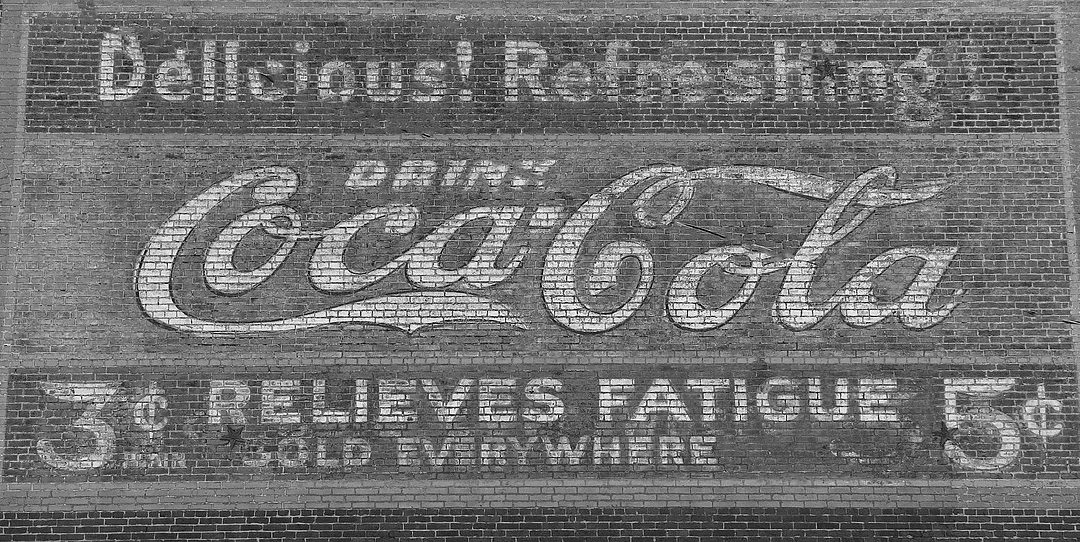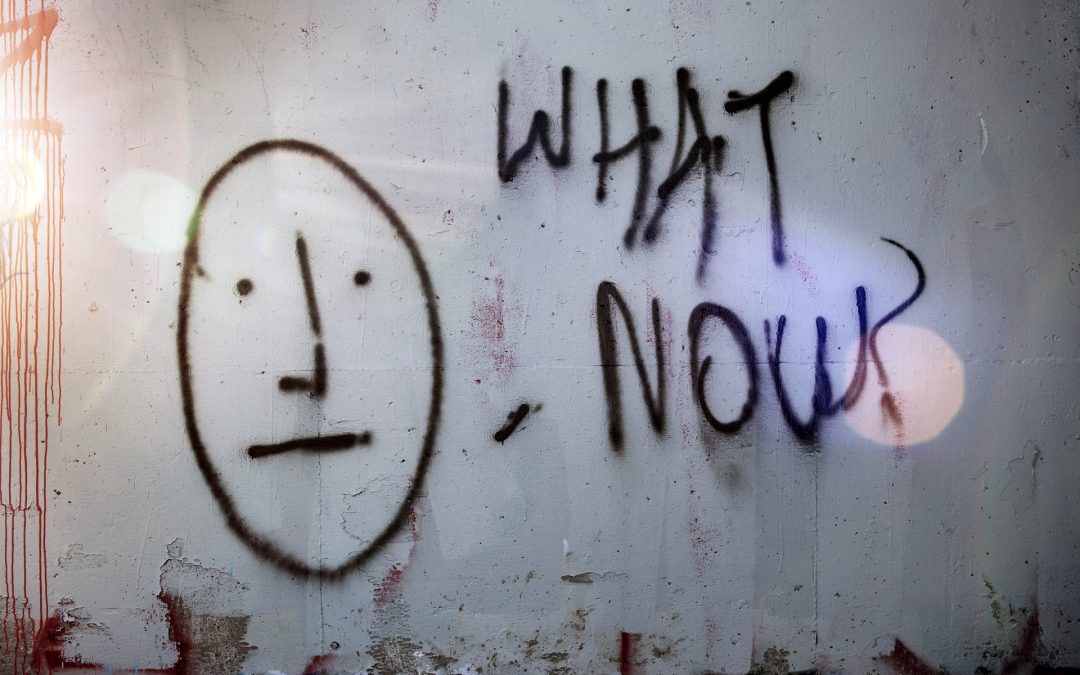A couple of weeks ago, I was reading an article on Medium.com titled: 8 Pillars of a Satisfied and Happy Life. Here’s a link to it: https://medium.com/mind-cafe/8-pillars-of-a-satisfied-and-happy-life-847d98707e81
It was a beautiful Sunday afternoon as I read it and decided that I wanted to add my spin on the 8 Pillars with both insights on how to apply this to you business and also reflections on how I do it personally.
On the business side of my life, I am the General Sales Manager of WOWO Radio, in Fort Wayne, Indiana. I lead and coach 6 full time advertising sales people on our Local Sales Team. I moved into this position at the beginning of 2020, a few weeks before Indiana went into lock-down due to the pandemic. This is my 8th year with WOWO and I’ve been in the media and marketing world most of my life, although I do know how to drive a forklift and run a thermoformer too.
On the personal side, my wife and I have been married for over two decades and our 5 kids from our 1st marriages of made us grandparents multiple times. The people on my Local Sales Team at WOWO range in age from my age to my kids age and so I know most of what they go through both personally and professionally. The term, “Been There, Done That”, applies however the world has changed since I was a new Dad, some for the better, other changes not so much.
Pillar Number One from the Medium story:
1. Allow Yourself To Be Happy Before You “Succeed”
Absolutely. As you grow, you need to learn to enjoy the journey. Starting a new business is challenging all the time, not just in extreme circumstances. Give yourself credit for doing the work. One of the ways I measure the activity of the sales team I work with is the types of activity they are doing and how much they are doing. I know that if they do certain benchmarks, success will follow.
Similarly, my wife likes gardening and it makes her happy. It is hard work and the rewards take time to grow, but in the meantime, she is happy doing the work. How about you? Do you have benchmarks in your business or life that you use to measure success before the financial success comes in?
2. Have A Clear Vision
Goals need to be both short and long term. My team has a big picture goal that I shared at the beginning of the year, and then each month I break it down into smaller chunks for each person. Together I work with each of them to help guide them to achieve those smaller goals which will add up to the original long term goal for our team.
I’ve worked for others who had no vision or they were continually changing course which creates frustration and confusion. As a business owner, make sure your team understands the vision for your company too. When my wife and I plan a trip either for ourselves or to visit family, we agree on the important elements and then also plan the details. I learned several years ago how we best travel together and perhaps you and your spouse have learned what works best for you too.
3. Devote Yourself To Something Meaningful
I really dislike most advertising salespeople. At least the way they do business, too many are focused on themselves, not on their clients success. That has been the secret to my success. To help others succeed, using the wisdom, knowledge and experience I’ve learned. That’s one way I devote myself to something meaningful. I also am involved serving on a non-profit organizations board to give back to the community. How do you and your employees give of yourselves?
4. Become a Lifelong Learner
The day I stop learning is the day I stop living. My formal education is not documented with college degrees but I keep getting invited to speak at numerous higher education colleges and universities. Be curious. Learn from others, listen and ask questions and figure out how to apply it to your life, your business or the people around you.
5. Do Not Settle For Less
I’ve done this a couple of times. I’ve walked away from the world of advertising and took a break, but then I returned. Some people decide not to return to their dreams and by doing that they never know if they could accomplish what they once sought. On the personal side of life, this is very personal. On the business side, you are going to have to decide what is important and what isn’t. I used to work with an auto repair shop that was going to be open 24 hours a day. Then when the owner discovered that it wasn’t a sustainable way to run his shop, he settled for less hours. He also discovered how to merge what his customers really wanted with his vision and came up with a business plan that was unique, and he’s doing great now.
6. Remember To Have Fun
I took my WOWO Local Advertising Sales Team out for a morning of golf and lunch last month. It was a team building event but it was more than that. It was a time to set aside time to just have fun. It wasn’t a reward for hitting a certain goal, it wasn’t earned based on performance, it was simply a guilt free way to hang out on a day when others were working and have fun.
At work, at home, having fun is something we all need to include in our lives regularly, not just special events. How do you accomplish this?
7. Take Care Of Yourself
At the end of 2020, I decided to improve my health by dropping a few pounds and lost 20 pounds in about 6 months. I’ve maintained that and am slowing dropping a few more this year. Stress is the silent killer for everyone it seems. 99 out of 100 people you see this month have something stressful going on in their lives that you may never know about. You need to take care of your health, and encourage those who work for you to do the same. Physical, Mental, Emotional and Spiritual health are all needing our attention. The H. R. Department at WOWO’s parent company, Federated Media sends out reminders about this and also provides resources that members of my team have made use of.
8. Cherish Those You Love
This is the last pillar from the Medium.com article, but it’s not the least important. I’m blessed to have loving relationships with my family and we work at making sure we stay in touch and express that love.
While the dynamics are usually different in a business setting, how would the culture improve if you really told your staff individually what you appreciated about them?
They need to know that they are appreciated and why. The companies that have problems retaining employees are the ones that have the worst company cultures. As a business owner or manager, you set the example. A genuinely positive work environment is also appreciated by your customers and clients too.
I hope you’ve learned a few things today, and perhaps go back and answer those questions I mentioned to see how 2021 can be even better for you and those around you.





